[Editor’s note: the following speech was delivered by Dr Benedict Tan, a Nominated Member of Parliament (NMP), during a sitting of Parliament on 19 January 2015. The speech is posted with his permission. Minister for Culture, Community and Youth Mr Lawrence Wong delivered a parliamentary response to Dr Ben Tan’s speech at the same sitting of Parliament.]
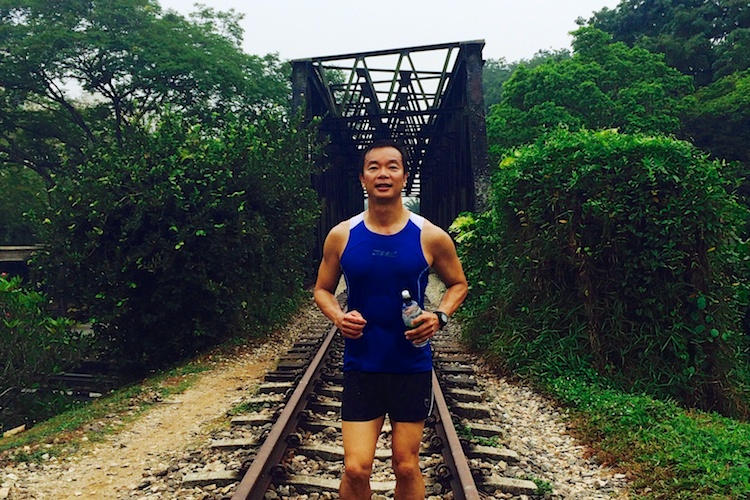
NMP Dr Ben Tan running along the green corridor. (Photo courtesy of Dr Ben Tan)
Emerging gaps in Singapore’s sports participation
Mr Deputy Speaker, I would like to declare my interests as President of the Singapore Sailing Federation (SingaporeSailing) and Sports Patron of the Singapore Disability Sports Council.
In my clinic each day, I see lots of students from both our local and international schools, with their parents in tow. At some point during the consultation, the Singaporean parent will ask, “Dr Tan, can you write my son an MC [medical certificate] to excuse him from Physical Education (PE) and sports? At the same time, can you also ask the school to allow him to use the lift?” You’ll see a similar dialogue with pre-enlistees or their parents requesting for excuse letters or permanent downgrades. Many doctors will tell you that these are common scenarios.
I see students from our international schools as well, such as the United World College (UWC) and the Singapore American School. No, it’s not the MC that they are after. Rather, they want me to sort out their injuries so that they can continue and finish the baseball season and be fully fit before the swimming season begins! It is very common for students from the international schools to do multiple sports – with full support from their parents.
When I see such contrasting attitudes, it worries me. I am worried because this is just one manifestation of a systemic disease in Singapore’s sports participation framework.
Singaporeans are pragmatic – we are goal oriented and we monitor closely our key performance indicators (KPIs). We pay close attention to what is tangible and measureable, i.e. medals and grades. Without fail, before each major Games, the media will ask me, as President of SingaporeSailing, what is our medal target and whether we are on track. Do they ever ask me whether our sailors truly enjoy sailing, whether they are familiar with Singapore’s rich maritime history, whether our sailors see sailing as a lifelong pursuit, whether they are inculcated with the desired values, or whether we have sailors who sail for reasons other than medals? I wish they did, because those are the pertinent questions that matter much more than the medals. I would say that the Singapore National Olympic Council, Ministry of Community, Culture and Youth, and Sport Singapore have done a thorough job of reviewing our High Performance Systems over the years – from the Sports Excellence (SPEX) Programme in the ’90s, to the Committee on Sporting Singapore (CoSS), Project 08/12 Go For Gold and the Olympic Pathway Programme, to the current High Performance Sports (HPS) Programme. Through such comprehensive initiatives, our elite athletes have progressed to the point where we are winning Olympic medals, and last year our sailors won Singapore’s first two Youth Olympic Games gold medals. On the academic KPI, we have done exceedingly well, topping the International Baccalaureate exams for the fourth consecutive year and achieving the best showing at the ‘O’ levels in 20 years.
What we need to do now is to pay more attention to mass participation, where the results and benefits are less tangible. Yes, we had Sports for Life in the ’90s, and the current Vision2030 master plan, which adopts a more holistic outlook, has introduced ActiveSG. Nevertheless, there appears to be worrying trends emerging in our local sports culture. I will highlight ten of them:
1. Singaporeans are not exercising enough. The 2011 National Sports Participation Survey revealed that only 42 per cent of Singaporeans exercised at least once a week, down from 50 per cent in 2005. Compare this with Finland’s enviable 76 per cent in 2005. Participation levels fell amongst Singaporeans below 60 years of age, particularly those in their teens, which fell, by 16 per cent, to 68 per cent. This does not bode well for the future. On top of that, blue-collared workers recorded a larger decline in sports participation compared to professionals, managers, executives and businessmen (PMEBs).
2. Too many of our young are not enjoying sports. When I ask my patients from the local schools if they look forward to their school’s Sports Day, I get a cynical look. When I asked a patient from UWC the same question, she said, “We all love it – it’s so much fun!” She continues effusively, “Sports Day is run over three whole days and everybody participates and gets to try multiple sports. There’s aquatics, games, and athletics. We are rotated from one station to another, and end up trying a lot of things. You don’t need to be good, and it is do-able for everyone!” When young Singaporeans have a pleasant introduction to sports and physical activity, the exercise habit is likely to continue into adulthood and beyond. We need to review how we approach physical activity promotion across various groups, especially the young. We may have the best-laid policies and plans, but let’s see how we can do better in bringing these into fruition.
3. Our motivation for being physically active is questionable. Do we do it because it is simply the natural thing to do, or because it is part of our culture and tradition? Or do we participate in sports to accumulate Co-Curricular Activity (CCA) points or notch a higher level of attainment under the Leadership, Enrichment, Achievement, Participation and Service (LEAPS) 2.0 framework; for direct school admission (DSA); or for a shorter Basic Military Training? In our international schools, the norm is to participate in at least one sport. Many participate or compete in multiple sports despite the fact that the international schools do not award CCA points. In fact, do we really treat sports as truly ‘co’-curricular? In January 2000, the Ministry of Education (MOE) acknowledged the integral role of co-curricular activities in achieving the desired outcomes of education by replacing the term “extra-curricular” with “co-curricular”. It is work in progress, and I look forward to more and more Singaporean parents – and consequently their children – adopting the right mentality, participating in CCAs for the right reasons.
4. There are not enough opportunities to learn sports. Again, citing our international schools as an example, there are ample opportunities for their students – for each sport on the comprehensive menu of sports that they offer, there are teams of various levels, including beginners. Another one of my patients from an international school wasn’t much of a basketballer when he enrolled in the school, so he simply joined the novice team. As he got better, he progressed to team C then B and eventually ended up in team A. Contrast that with our local schools where parents have told me that if you are not good enough for the school team, you are not offered a chance to participate in that sport at all. Take sailing for example. In the past – there were multiple entry-points into sailing. It didn’t matter if you didn’t start sailing in primary school – you still had another chance to try out sailing in secondary school, and if you missed that, there’s still junior college and polytechnic. Now, apart from the international schools, hardly any local school in Singapore will offer to teach sailing – they accept only ready-made sailors. I find this disappointing because a significant number of national sailors did a credible job of representing Singapore even though they started sailing relatively late. Stanley Tan and Stanley Chan got introduced to sailing through their junior college. Stanley Tan went on to represent Singapore at two Olympic Games while Stanley Chan is a multiple Asian and Southeast Asian (SEA) Games representative and medalist. Despite such success stories, their junior college has since shelved their sailing programme. If our schools do not undertake to accept new entrants to various sports, there will be no future Stanley Tans or Stanley Chans. A Football Association of Singapore (FAS) survey of 100 primary schools earlier this year found that nearly one in two children wanted to play football, but only 5.9 per cent of boys and 1.6 per cent of girls were given a chance to.
5. Are our schools too focused on winning medals, at the expense of sports participation? Even school teams face the threat of being scrapped simply because they can’t achieve a podium finish. The 14 Dec 2014 issue of The Sunday Times cited a veteran football coach who said, “My principal said the football team will be scrapped if we don’t reach the nationals tournament.” Is winning the only thing that matters to our schools? While policies have shifted, how can we help the policy implementers put it right?
6. Singaporeans are struggling with their fitness levels. A lecturer at one of our polytechnics estimates that 70 per cent of poly students fail their National Physical Fitness Award (NAPFA) test. Another lecturer at a different polytechnic cited a failure rate of 60–70 per cent. Pre-enlistees struggle to get fit for national service and many NSmen struggle with their Individual Physical Proficiency Test (IPPT) as well. The Ministry of Defence (MINDEF)’s recent simplification of the IPPT format and increased flexibility in the IPPT Preparatory Training (IPT) are steps in the right direction, as keeping the status quo will not yield better results.
7. Reduced fitness levels in turn lead to increased obesity rates and a heavier burden of chronic diseases. Singapore’s prevalence of obesity rose from 6.9 per cent in 2004 to 10.8 per cent in 2010 while diabetes rose from 8.2 per cent to 11.3 per cent in the same period.
8. Our sports events can be more veteran-friendly. One is never too old to participate in sport and there is ample medical evidence that one can benefit from exercise even if one starts late. What message are we sending when Singapore’s biggest marathon offers older runners only one age category, i.e. the above-40 masters category? Lumping a 60-year-old runner together with a 40-year-old in the same competitive category can only discourage the 60-year-old even before the race has started. When I was at the International Sailing Federation meeting last November, there was naturally and understandably a lot of emphasis on youth sailing and how to attract young people to the sport. Hence I was impressed with the insight of a windsurfing official who reminded the meeting that, in fact, the biggest market for windsurfing is actually the older age groups.
9. The physically challenged are still facing significant barriers to sports participation. For the disabled, sport offers a beacon of hope and is an important avenue for reintegrating into society. Desmond Tong lost his right leg in a motorcycle accident in 1999. After the accident, his life went into a tailspin – he dropped out of university, was ostracized by his friends, and became depressed and suicidal. Through sports, he has since picked himself up and has been training diligently to do Singapore proud in the archery event of the ASEAN Para Games to be held in Singapore this December. His main obstacle now is not his missing leg, but the fact that he does not have a 70-metre range to practise at after he finishes work on weekdays. Jason Chee, who lost both legs and his left arm while serving on a Navy ship in 2012, now represents Singapore in table tennis. Together with his doubles partner Darren Chua, he won a bronze medal for Singapore at the ASEAN Para Games last year. Jason is now training hard for the next ASEAN Para Games. What is his number one obstacle? Jason says, “Transport to and from my training venue.” Dr William Tan, a long-time advocate for challenged athletes, added that apart from permanent training venues and transportation, another major obstacle faced is funding. Dr Tan shared, “The financial support from the existing carding system is meagre for challenged athletes – any financial support received goes mostly to transportation costs.”
10. The struggle for recreational space, especially for sports, is escalating. Agencies like the National Parks Board, Urban Redevelopment Authority, Public Utilities Board, and Singapore Land Authority have been very progressive in optimizing our shared spaces – as a result, we witness water sports in the heart of our Central Business District in Marina Bay itself, beautiful running tracks along our waterways, recreational activities on various reservoirs, and ciclovia (the closing of a section of Orchard Road to cars one evening a month in favour of pedestrians). In a highly-urbanized Singapore, there will always be challenges when it comes to sharing spaces. Take, for example, the constant struggle between cyclists and other road users or pedestrians. Last November, Mr Eric Khoo, the organizer of the HolyCrit cycling race in Tanglin Halt explained that he did not seek permits from the authorities primarily because an estimated $25,000 to $30,000 in compliance costs would be needed. The sailing community could not continue its proud tradition of the popular Round Island Race because permits would not be granted. Maritime security and safety are certainly valid concerns, but we need to push the boundaries and take a leaf from others – if other countries were as conservative as us, there would be no Sydney Hobart Race or boating activities in the busy Sydney Harbour or San Francisco Bay.
Each of these 10 points represents a major obstacle to Singaporeans adopting an active lifestyle. Collectively, they form a formidable barrier to sports participation. Each of these issues fall under the purview of a few agencies – this is reminiscent of the fishball stick anecdote that Prime Minister Lee Hsien Loong shared at the last National Day Rally. I hope we won’t need a sports equivalent of the Municipal Services Office to systematically address these multifaceted challenges. But let us not wait till our obesity levels catch up with the west, or for our healthcare costs to creep further up, or for the pipelines to our national teams to run dry before we strengthen our resolve to address these emerging gaps in Singapore’s sports participation.
Related Articles
Minister for Culture, Community and Youth Mr Lawrence Wong delivered a parliamentary response to Dr Ben Tan’s speech
“What sports means to me” – reader Nicholas Foo responds to NMP Ben Tan’s speech
“I nearly flunked my PSLE.” An interview with Ben Tan – Part 1

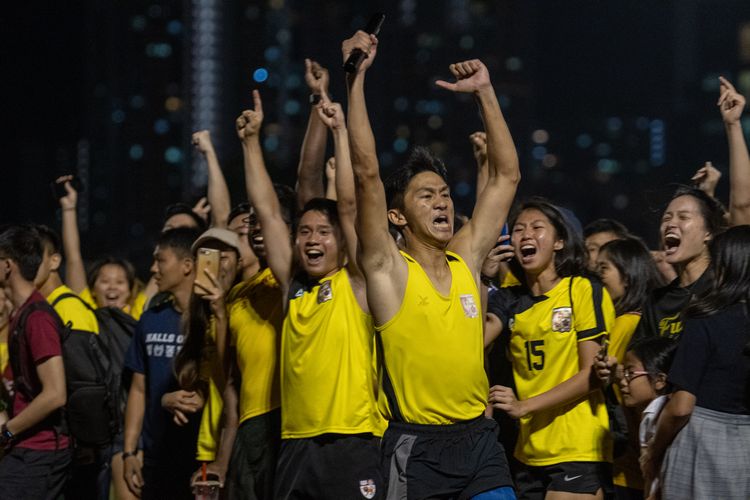
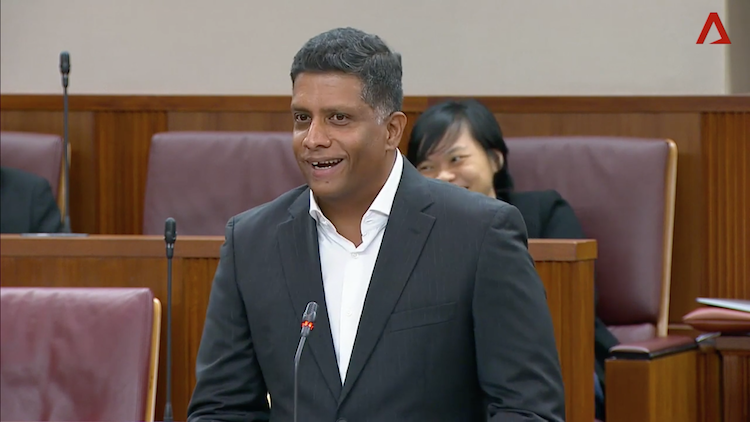
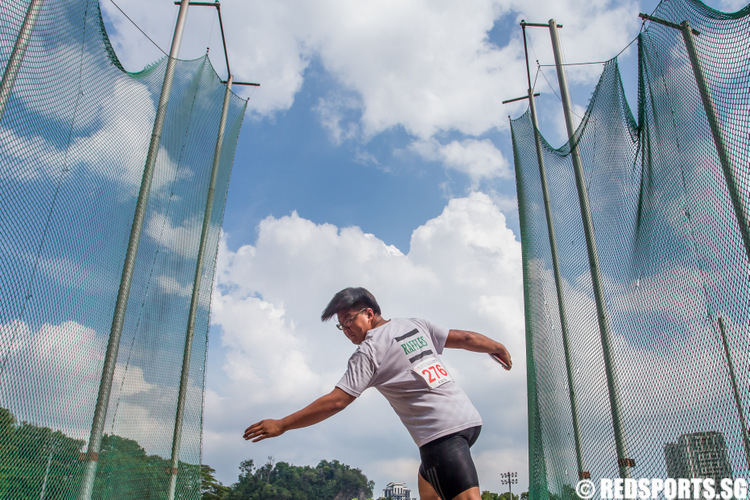
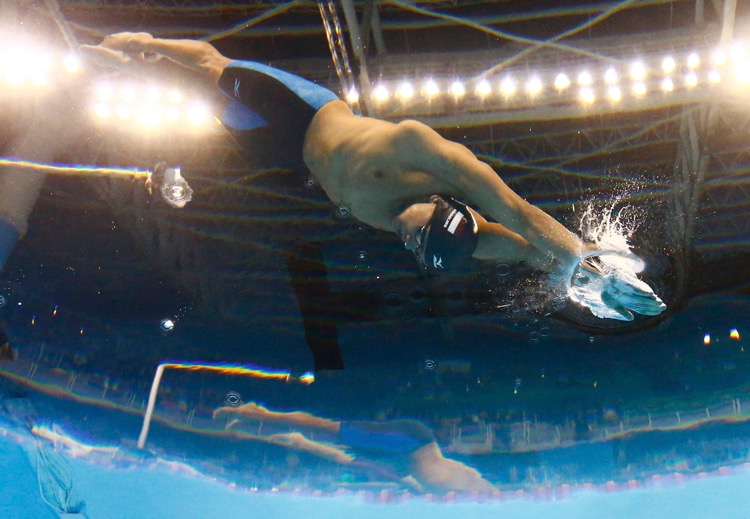

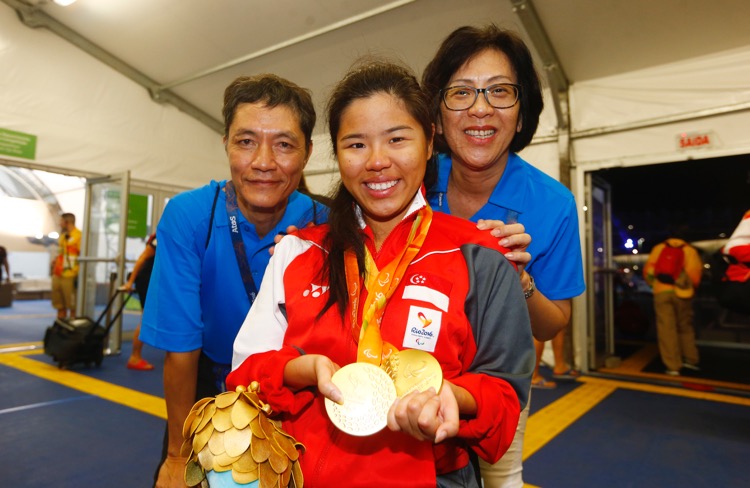
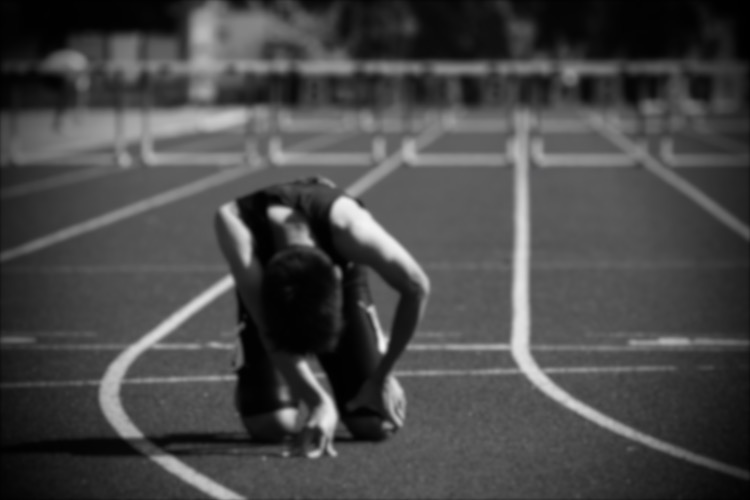
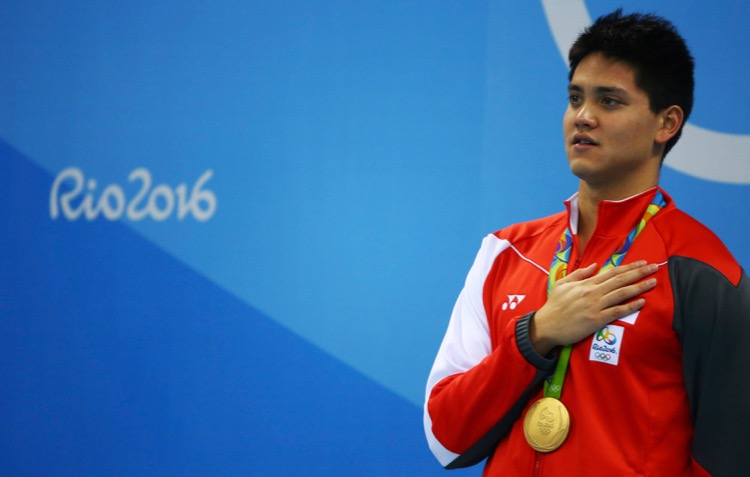
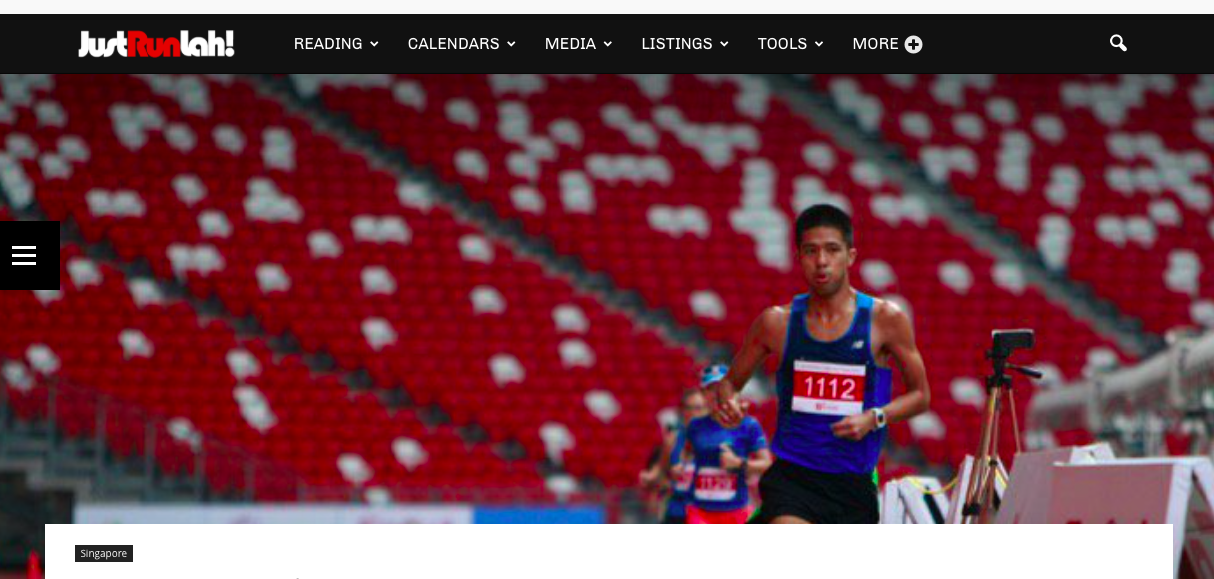
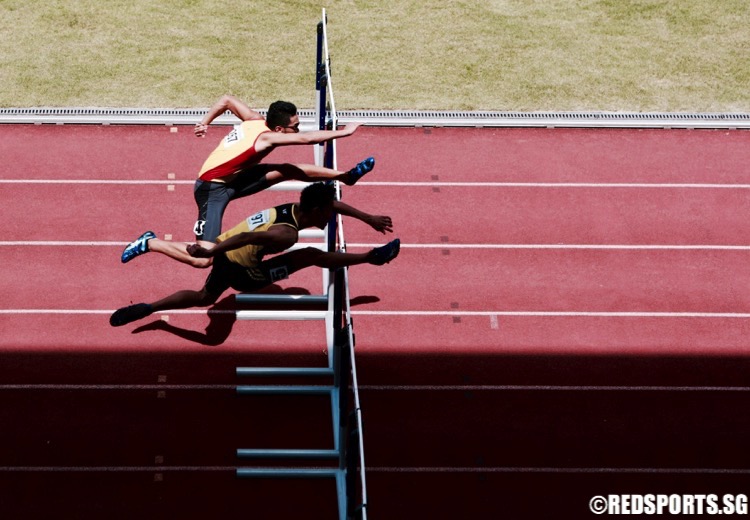
My ex-school closed the CCAs bowling and gymnastics because there was no results. The sports CCAs only accept players that have prior experience or talent, citing the school can’t afford enough resources for everyone. What if people wanted to join the sport for fun with friends and not purely for competing? Most of the students couldn’t make the cut. Then the gulf widens between those in sports and those who aren’t and it’s just sad.
I would like to comment on the speech given by Dr Benedict Tan regarding sports youth culture. I want to thank him and redsports for putting these well articulated important points into the public forum for discussion. It seemed to me that Dr Tan was advocating the western approach to sports compared to the Singapore sports were viewed. As a father of children that are focussed on both education and sports in Singapore, I feel that both approaches placed by Dr Tan are flawed. The reason is being is that they both look to avoid “failure” when participating in sports. The Singapore approach is to raise the standard high and then if not met then don’t try anymore. Where as the western approach is to set the bar so low “participating is enough” that there is no concept of worthwhile achievement. Parents and teachers need to stop treating children as fragile beings, but be “real” with them. Children are much smarter than we give them credit for. We need to make them resilient in a changing world as an adult, to be worldly. When we allow children to no longer try when failing to avoid failure because they are failing or set the standard so low so that no one can fail we are failing our children. This I because we are making them less resilient weaker and unfortunately more prone to fear and uncertainty as adults. Only through failure can there be genuine confidence, the teaching is discipline and hard work. There are no short cuts and this I the same in any sport and definitely in that greatest sport of all called “life”
What do you think would be an ideal solution then? The western approach is not setting the standard low, but giving everyone a chance to learn from beginners to experts. They will be then “rank up” to the higher skilled teams if they progress. Quote: “As he got better, he progressed to team C then B and eventually ended up in team A.”
Please read the article carefully.
There’s just no future in sports, doesn’t put food on the table. Typical parents brain washing their kids with “TRUTH”. We kept talking about how we want to improve yet there’s no concrete path for Athletes to really follow or look towards.
I agree with the point that the sports CCAs in schools are focused on winning medals than to provide the environment and opportunity to try out new sports. Back in my sec days, the new sec 1 kids were being auditioned for sports CCAs. Only those who have had background or have shown a natural flair will be accepted.
To quote another scenario on a different school that my brother attended; the school’s focus was very much on Arts and sports were not the school’s strength. There was less investment in bringing in good coaches to support the CCAs and gradually the various sports clubs has to close down as the students were not bringing in medals for the schools. Many students as a result have to be redirected to other CCAs and this is very dampening on the student’s morale when they have spent maybe 2-3 years of the sec sch life to train in the sports and had form a close circle of friends who share the same interest for the sports.
Such is the attitude of the secondary schools that used sports CCAs as KPIs instead of platforms for students to cultivate sportsmanship and an appreciation for sports.
Dr Ben Tan, not all international students do sports for the love of it. In some country where these international students are from, the sports entertainment industry reward athletes in monetary terms unheard of, sometimes more than the GDP of a developing country. For some, the
Motivation to pursue sports is monetary pragmatic.
The Super Bowl, American football, is this weekend, and loads of advertisers are on it.
[…] Speaker, following my speech in Parliament on 19 January this year, where I identified 10 worrying trends in Singapore’s sports participation, many parents and students approached me to personally provide even more evidence of such trends. […]
[…] Earlier this year, Dr Ben Tan gave a speech in the Singapore Parliament which resonated with a lot of people. You can read it here. […]
[…] Earlier this year, Dr Ben Tan gave a speech in the Singapore Parliament which resonated with a lot of people. You can read it here. […]
[…] In his recent speech in Parliament, NMP Dr Ben Tan highlighted 10 worrying trends in Singapore’s sports culture. He pointed out our declining fitness levels. He highlighted our obsession with medals, results and KPIs, but apart from shopping (my own addition), nobody seems to be enjoying or taking any sport seriously. You can check out his speech over here. […]
[…] note: After reading the speech that Nominated Member of Parliament Dr Ben Tan gave in Parliament, reader Nicholas Foo wrote in to share how sport made a difference in his […]
I like your point #2, Dr Tan.
My daughter participated in WALA games several years ago and was truly amazed at how the Australian athletes moved from 1 event to another and doing pretty fine in most of the events. She told me the Australians do not specialise in any particular event when they are young and are allowed to take part in a few sports/events. On the other hand, our secondary school kids are forced to specialise in 1/2 events since sec 1. This results in overuse of certain muscles, frequently leaving the poor kids with injuries, at times for life. Perhaps Sports Council may want to understudy the Australian sports system.
I could never run a mile as a teen.. But at age 60 , I represented Singspore as the oldest female skater with my London team at the Berlin inline Skate marathon and finished 17th out of 28women in the 60s . A world ranking because Berlin is the biggest inline speed skate marathon where annually 7000 skaters from all over the world participate.
It took me 6 decades to get a medal in sports. It was only possible because I have lived in UK for the last 30 years. Took up skating at 56 and never looked back.
Last year, I skated in Paris,,BARCELONA Jordan from Dead Sea to Red Sea, Finland (375 km ), Copenhagen half marathon and Berlin marathon.
Singapore has all the best facilities for inline roller blading but very few take it up. There is no money in this sport, we do it only for sheer passion and the fact that it is totally liberating. My skates are my freedom pass , they take me every where . If I have not left Singapore, I would not be in the Skate marathon in Berlin. Skating overcomes three F words, Fail, Fear, Fall- metaphor for life.
[…] by Minister for Culture, Community and Youth, Mr Lawrence Wong, was delivered as a response to Dr Ben Tan’s speech, entitled “Emerging gaps in Singapore’s sports participation&#…. Both speeches were made on 19 January 2015 at a sitting of […]
[…] MP Dr Ben Tan, a former sportsman and gold medallist in sailing, recently opined about a widening gap in the attitudes of Singaporeans and Westerners about sports. In Singapore, we […]
I’ve had and heard experiences at swimming pool and track: it wasn’t raining, but the signal was flashing, so the staff say no outdoor activities allowed. Compare this to the private outdoor sports centre beside the Japanese school: baseball still continues even during drizzle! Some people enjoy running or swimming when it’s cooling, but get turned off by the staff who are too strict on the rules. I’m not educated on this but does lightning really strike in the densely populated areas where there’re so many lightning conductors around?
I’ve seen some small families of 3 trying to play ball on the soccer field when there were no scheduled soccer players around. They were chased away by the stadium staff. Next, I happened to witness a primary school sports day last year. The children were excited and standing towards the railing cheering for their friends; their teachers asked them to sit down. Compare this to other countries: I’ve seen youtube video of how families can just sit around the soccer field while supporting the athletes!
And from young many kids hear this “Don’t run or else you’ll fall later ?????????????“?
The above are just several examples of how people stick to rules too much and dampen the mood of enthusiasts.
As a PE teacher at an International School, I get to see many of these MC’s. I believe the problem lies with the doctors as they too easily give out these MC’s for petty reasons. I see kids getting 3 weeks off with a sprained ankle or they get excused from their swimming unit because of a broken finger. It’s not only the local kids. All kids are getting soft and over the years, they have learned how to control situations (i.e.. parents, teachers and schools). The results of this is clearly shown when you look at how many kids today are overweight and even obese. It is pathetic to see 11, 12 and 13 year old kids not being able to jog 200m around the track as a warm up, but ask them to solve a math problem, boom there is the answer. I strongly believe that it does’t matter how strong you are in math or the sciences, if you pass away from heart disease in your 40’s, what’s the use.
it is never too late. I was exactly as you described. The real reason was because of self esteem and lack of self belief. If you want to help your students, the obese kids basically accepted that they will never do well in sports and will not embarrass themselves trying. Losing 24kg when I was 18 was the first major life turning milestone for me.
It is not just about physical health, it is the self believe that I can change things in my life. They don’t need reminders on how unhealthy they are, they are well aware. I was too. What I didn’t know is, how determined we all can be when we put our minds to it.
I’m in my 40s now, leanest I have ever been without going through what I did to lose weight or build up. I am working around all the permanent injuries on my shoulders and knees that I accumulated through years of bad form and improper training techniques. Doing things the hard and wrong ways. My first body building book was Arnoid’s encyclopedia of Body Building. The science and knowledge have progress so far, we now have on the internet that makes training information available.
Getting fit and staying so, is not difficult at anymore. Fix their minds not their bodies. With the right minds, they will achieve what they want in sports and all other aspects.
I know of a student who’s overweight and always grabs his tummy to say “I’m fat” but his family is very supportive and he’s actively involved in table tennis and other sports. Family support is really important.
It was last year that I begin running and reading a lot that I realised how important warmups are. There’re a lot of reasons behind the dynamic and static stretching that we were put to do in school without knowing why and many of us just did for the sake of doing and didn’t do them properly. I believe those scientifically-inclined students would love to know how their muscles work and an introduction to that will properly stir more interests in exercises. And, it was only last year that I realise that when we do cross-shoulder stretch we shouldn’t raise our shoulder while doing so. PE teachers play an important role in this aspect. If they teach with an “it’s just 40-minutes, how much do you think i can do” attitude, students can’t very much be motivated.
For overweight students, apart from asking them to exercise, is there emphasis on what to eat and what not to eat, counting calories etc? It won’t be effective if they go for after school exercises and indulge in fried food after that.
Dr Tan is spot on. Although I am not sure that if he asked my kids about sports day at UWC he would get such an enthusiatic response, It is clear that sport is not valued by parents and that influences the entire society. I am an avid paddler and it always pains me when my team goes to international competition (canoe or dragon boat) how few other singaporean team join us. So we are left holding the national flag when most of us are born elsewhere, but we re proud to do so.